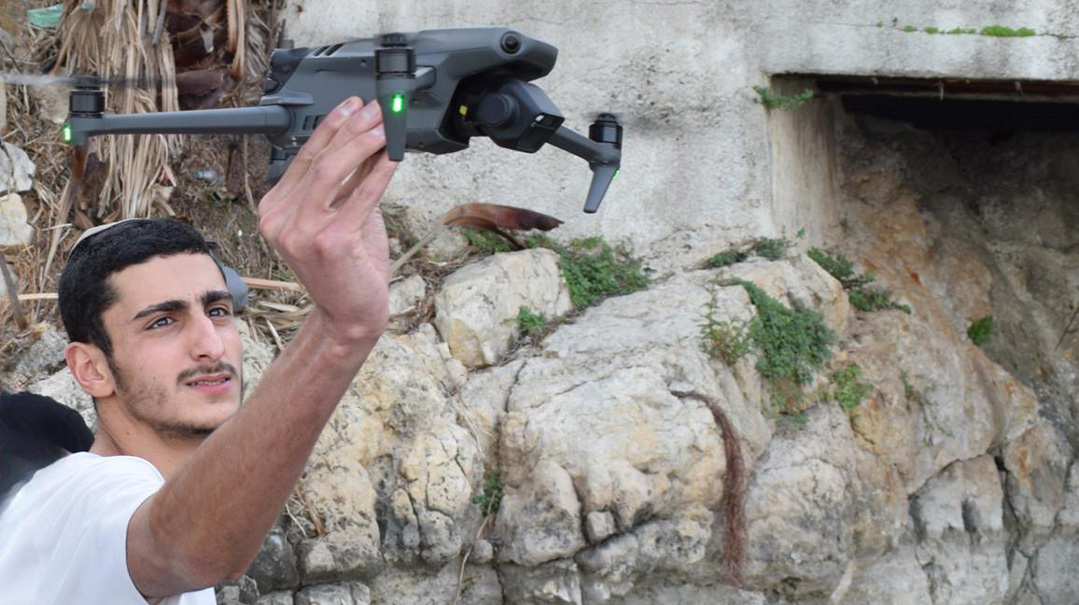Bird’s-Eye View

Today, you can go into a store and buy a drone, becoming your own state-of-the-art aerial photographer

Photos: Shimon Sudri
A lot has changed since the invention of the camera in the 1800s, when ambitious shutterbugs decided to take pictures from the air by launching equipment into the sky with pigeons, balloons, and kites. Today, you can go into a store and buy a drone, becoming your own state-of-the-art aerial photographer. Just make sure it doesn’t fly away
While aerial photography is nothing new, up until quite recently, cameramen in the sky had to have access to full-size airplanes or helicopters in order to capture the world from a higher vantage point. Yet today, even cheap, store-bought drones can access a new view of life below, making any tech-savvy teenager into an aerial photographer.
Twenty-something Shimon Sudri, one of Israel’s most popular drone photographers, was that type of kid.
“I’ve always been drawn to both photography and technology,” he says. “For my tenth birthday, I begged my parents to buy me a starter drone, and during my teenage years, every time I saved a little money I’d upgrade to a more sophisticated model, until I was sending up the most advanced drones on the market. There are a lot of DIY groups and instruction videos around, and I’d take advantage of them all, so I’m basically self-taught.”
It’s a field that actually has its roots in an Israeli invention. The first modern-style drones, equipped with video cameras came on the scene in the 1980s, developed by Israeli engineers to monitor persons and places of interest by being able to hover over areas for hours at a time (the US soon adopted similar technology).
Just two decades later, a do-it-yourself drone culture emerged as the latest in remote-controlled flying mechanisms.
Like all technology that gets cheaper over time, today’s store-bought drones take high-quality stills and videos, making aerial photography more accessible and useful than it’s ever been before, in both the commercial and recreational sectors.
Because, as Shimon has learned quickly, technology may have changed over time, but everyone still wants to see the world from above.
Oops! We could not locate your form.







